Business
Philippine Economy Grows 5.5% in Q2, Driven by Agriculture Surge
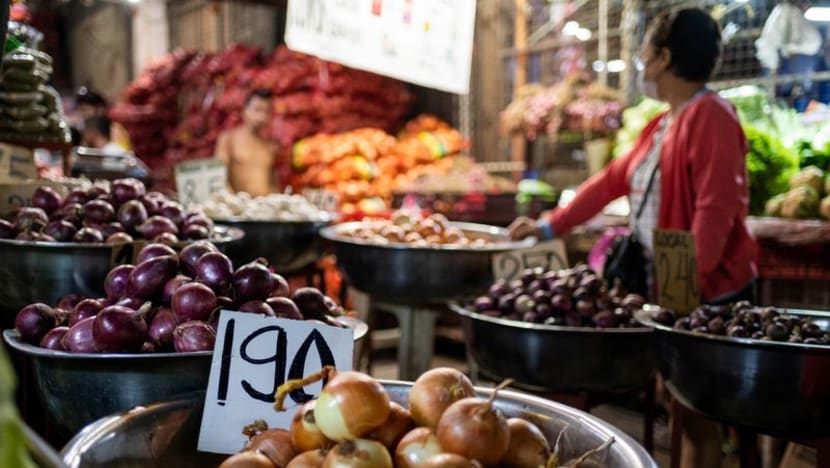
The Philippine economy experienced its strongest growth in a year during the second quarter of 2023, with a significant expansion of 5.5% year-on-year. This growth was primarily driven by a robust recovery in the agriculture sector and sustained domestic consumption. The latest figures indicate that the economy’s performance exceeded the 5.4% median forecast from a recent Reuters poll, matching the growth rate recorded in the first quarter.
Economic Planning Secretary Arsenio Balisacan highlighted this achievement during a press briefing, stating, “With this performance, we maintain our place among the fastest-growing economies in emerging Asia.” On a seasonally-adjusted basis, the economy grew by 1.5% from the previous quarter, surpassing the expected 1.3% increase.
Key Contributors to Growth
A significant contributor to the second-quarter performance was the agriculture sector, which expanded by 7%. This marked a notable increase from the previous quarter’s growth of 2.2%, according to the national statistics agency. The positive economic environment was further supported by a decline in inflation, allowing household consumption to rise by 5.5% year-on-year, the fastest increase since the beginning of 2023.
With the first half of the year already achieving a growth rate of 5.4%, reaching the lower end of the government’s full-year growth target of 5.5% to 6.5% percent is considered “very feasible,” according to Balisacan. He attributed this optimism to the effects of prior interest rate adjustments and easing inflationary pressures.
Monetary Policy Outlook
The central bank, known as Bangko Sentral ng Pilipinas, is poised to adjust its monetary policy in response to the improved economic outlook. Governor Eli Remolona indicated that the bank is on track to reduce its key interest rate, currently at a two-and-a-half-year low of 5.25%, potentially two more times this year. The timing of these cuts will depend on the evolving economic conditions, particularly concerning growth and inflation trends.
Balisacan noted that improved trade conditions also bolster the economic outlook. Recently, the United States reduced tariffs on Philippine goods from a threatened 20% to 19%, alleviating some external uncertainties. Despite earlier concerns regarding a U.S. proposal for a 100% tariff on semiconductor chips imported from countries without local production, Balisacan expressed confidence that this would not adversely impact the Philippines, stating, “I don’t expect that to be adverse because … the value added of (the Philippines’) semiconductors and electronics is not that high.”
As the Philippine economy continues to recover, these developments signal a positive trajectory for the nation’s growth in the coming months.
-
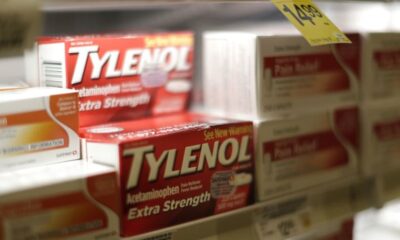
 Business5 months ago
Business5 months agoKenvue Dismisses CEO Thibaut Mongon as Strategic Review Advances
-

 Lifestyle4 months ago
Lifestyle4 months agoHumanism Camp Engages 250 Youths in Summer Fest 2025
-

 Sports4 months ago
Sports4 months agoDe Minaur Triumphs at Washington Open After Thrilling Comeback
-

 Sports5 months ago
Sports5 months agoTupou and Daugunu Join First Nations Squad for Lions Clash
-

 Top Stories5 months ago
Top Stories5 months agoColombian Senator Miguel Uribe Shows Signs of Recovery After Attack
-
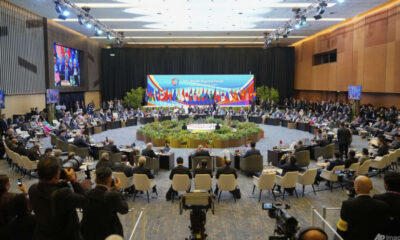
 World5 months ago
World5 months agoASEAN Gears Up for Historic Joint Meeting of Foreign and Economic Ministers
-

 Health4 months ago
Health4 months agoNew Study Challenges Assumptions About Aging and Inflammation
-
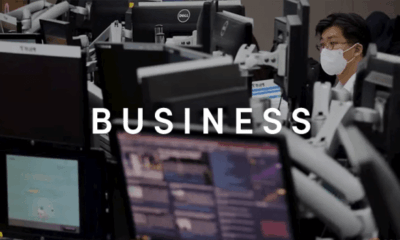
 Business5 months ago
Business5 months agoOil Prices Surge Following New EU Sanctions on Russia
-

 Entertainment4 months ago
Entertainment4 months agoDetaşe-Sabah Violin Ensemble Captivates at Gabala Music Festival
-

 Entertainment4 months ago
Entertainment4 months agoBaku Metro Extends Hours for Justin Timberlake Concert
-
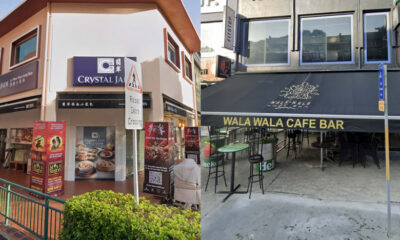
 Top Stories5 months ago
Top Stories5 months agoRethinking Singapore’s F&B Regulations Amid Business Closures
-
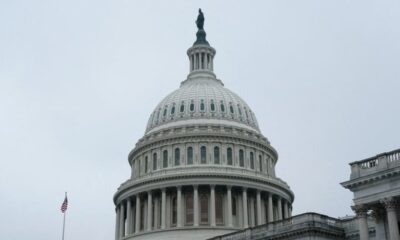
 Business5 months ago
Business5 months agoU.S. House Approves Stablecoin Bill, Sends to Trump for Signature









